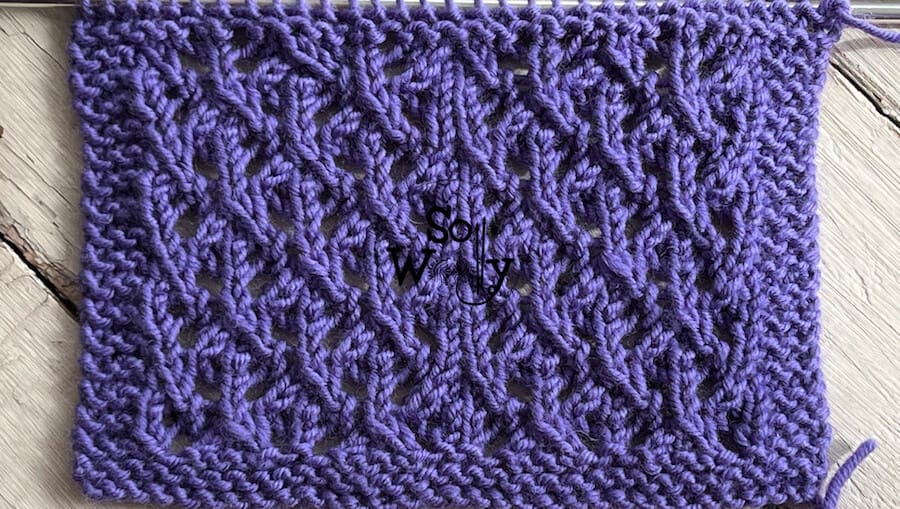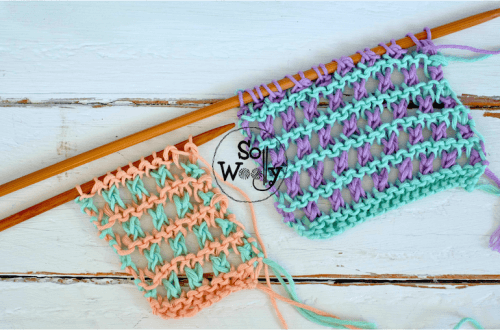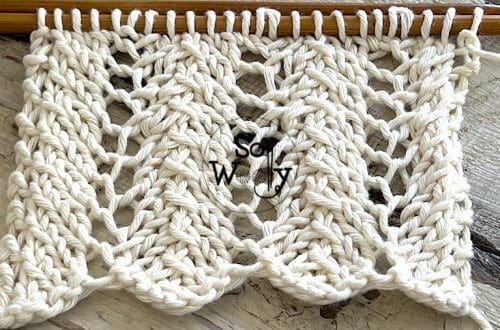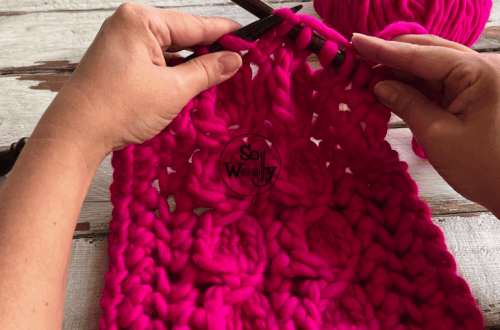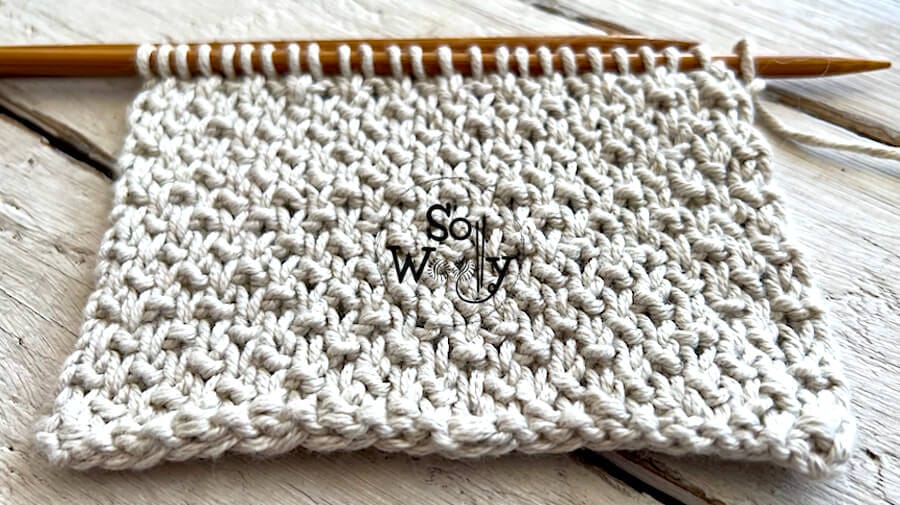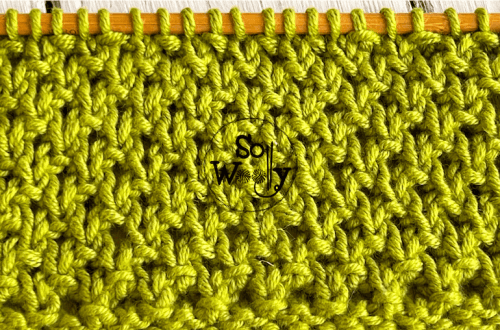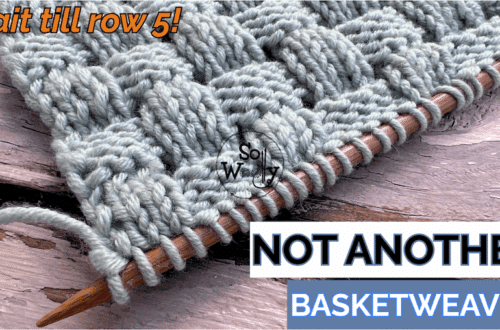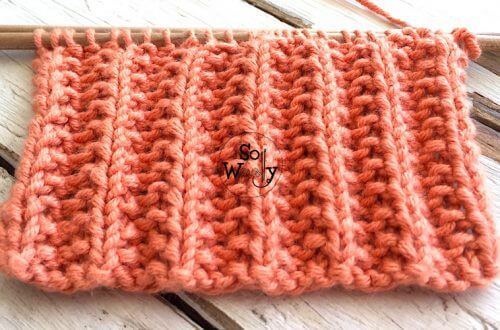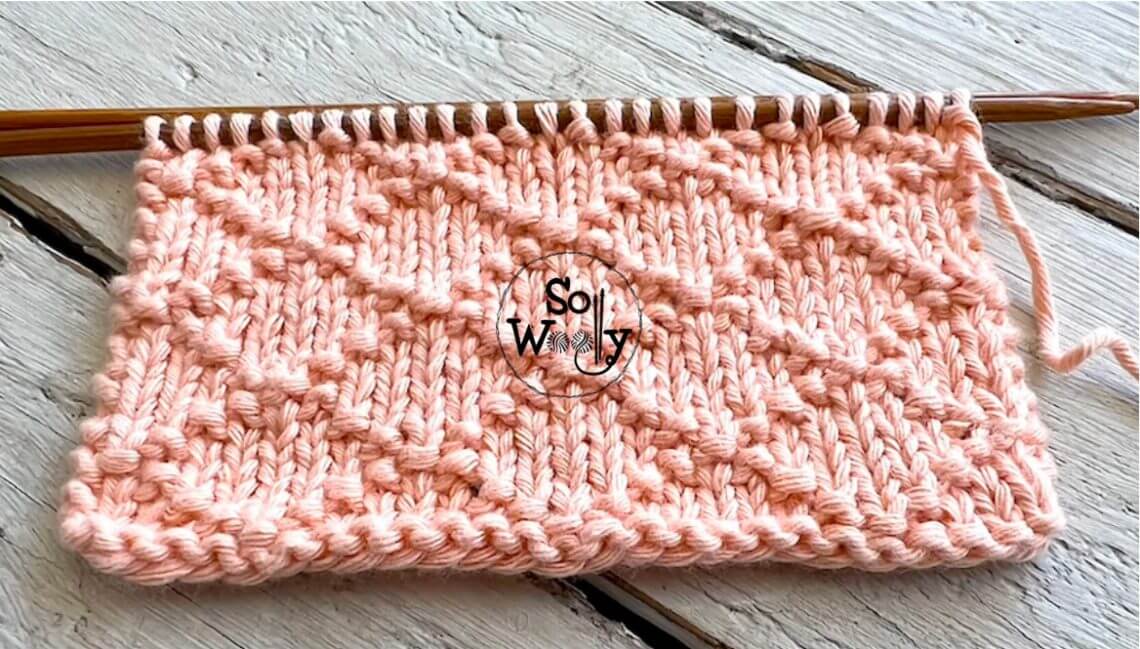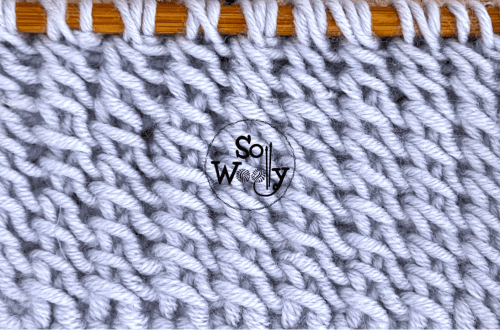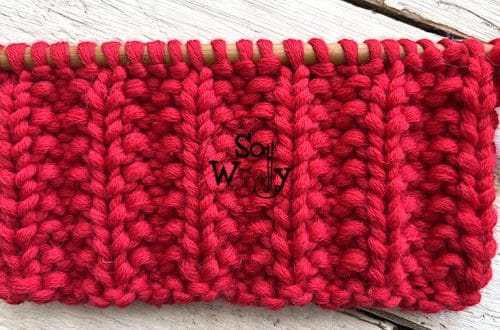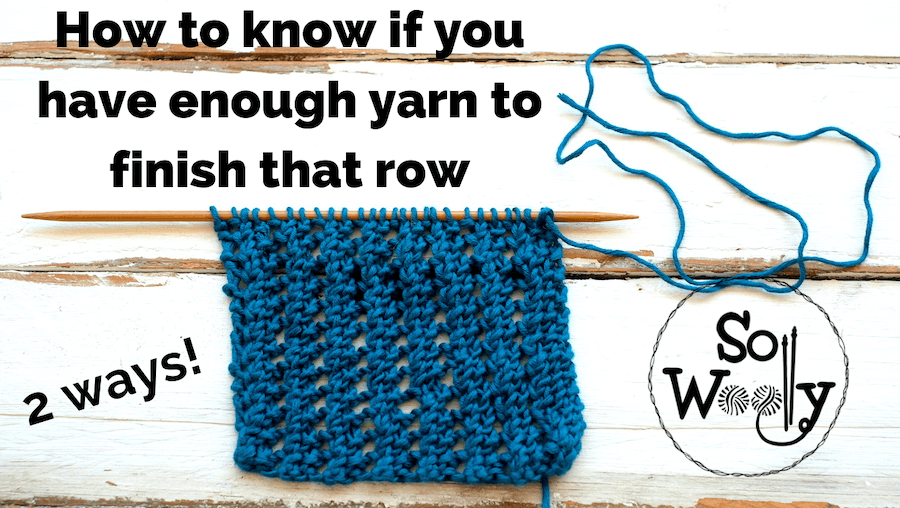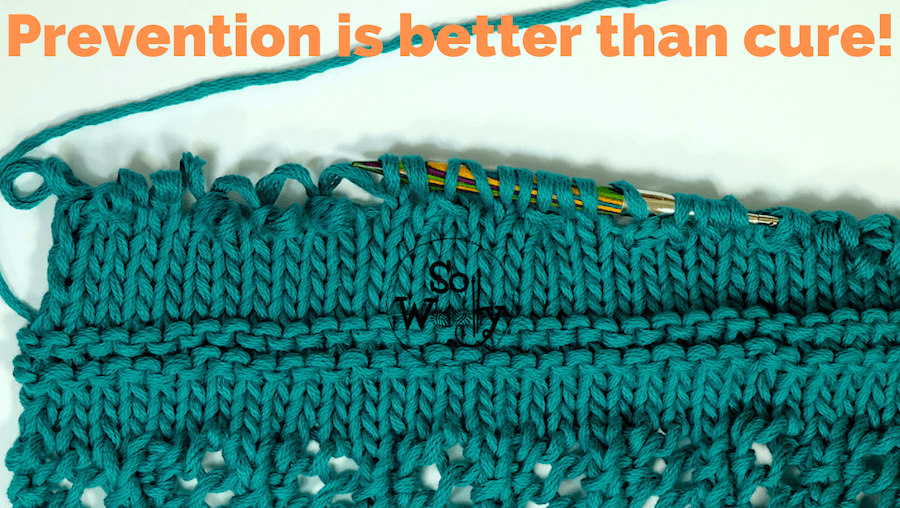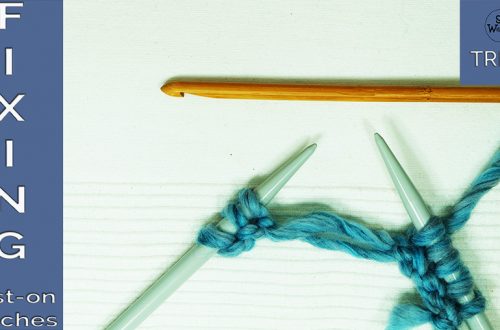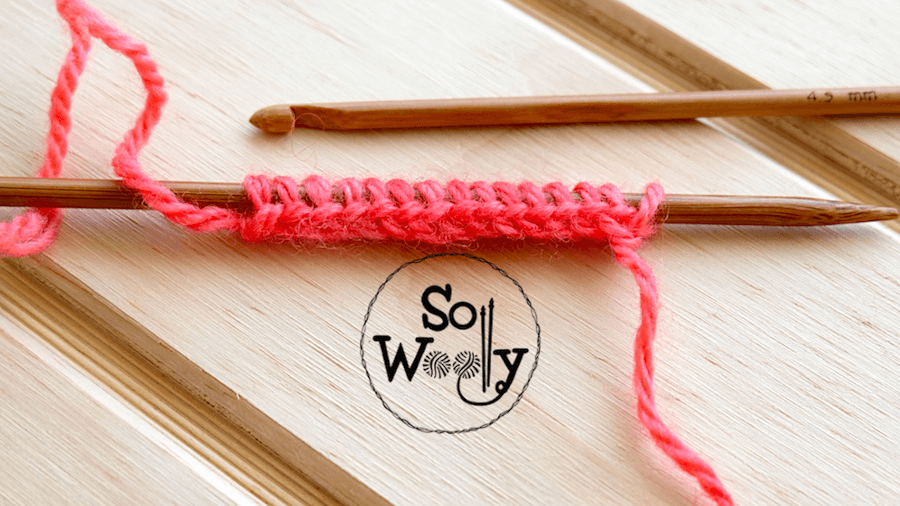-
How to knit the English Mesh Lace stitch pattern
In this post, I’m sharing how to knit the English Mesh Lace stitch, step by step (It’s terribly, awfully, good, old bean 😉 Although it looks complicated at first sight, it only requires two types of simple decreases, a central double decrease, and yarn over. The reason why two different decreases are needed is that each of them has a different slope; this is how this rich texture can be achieved (as we’ve learned when practicing the Thorn stitch). Honestly, the English Mesh Lace stitch is the perfect option for a shawl or a scarf, but also, it will work for a nice cardigan or vest! It has a vintage…
-
How to knit the Drizzle stitch pattern (English & Continental style)
In today’s tutorial I’m sharing how to knit the Drizzle Stitch, step by step. Honestly, I have to confess that when I saw it, I fell in love (among other things, because it forms a tiny pattern, a lovely design that will show up even in the smallest garments. It’s an adorable four-row repeat pattern, two of which are plain purl rows. In fact, one of the things that I like the most about the Drizzle stitch is that despite having slip stitches, the fabric does not tighten or shrink, as sometimes happens. Probably, it’s because of those alternating purl rows; they make the fabric “rest and relax”, let’s say.…
-
How to knit the Diamond Brocade stitch pattern
In this post, you’ll learn how to knit the Diamond Brocade stitch, another classic of the knitting world. I think it’s an elegant knitting pattern, the diamonds show slightly raised, due to the combination of knit and purl stitches. However, it’s pretty easy to do, and although it’s not reversible, the so-called “wrong” side of the work, looks special too… Furthermore, the Diamond Brocade stitch lays flat, so I’d choose it for a blanket, without a doubt. Having said that, in case you are thinking about knitting a blanket, I’d add a nice edge in Seed stitch, on each side of the project (to match the diamonds ;). The good…
-
Tips for knitters 2: How to know if you have enough yarn to finish that row?
In this tutorial, you’ll learn two ways of knowing if you have enough yarn to finish that row you’re working in, even if you’re binding off (or casting off). I’m sure you know the feeling of not having enough yarn to complete one row or one round… … Especially if you don’t want to join the new ball in the middle of the back of your sweater, for example… But it could be worse! How do you feel if you are unsure whether your project can be finished or not?!!! (Maybe you don’t know yet, but a while ago, I shared my step by step process to calculate in advance…
